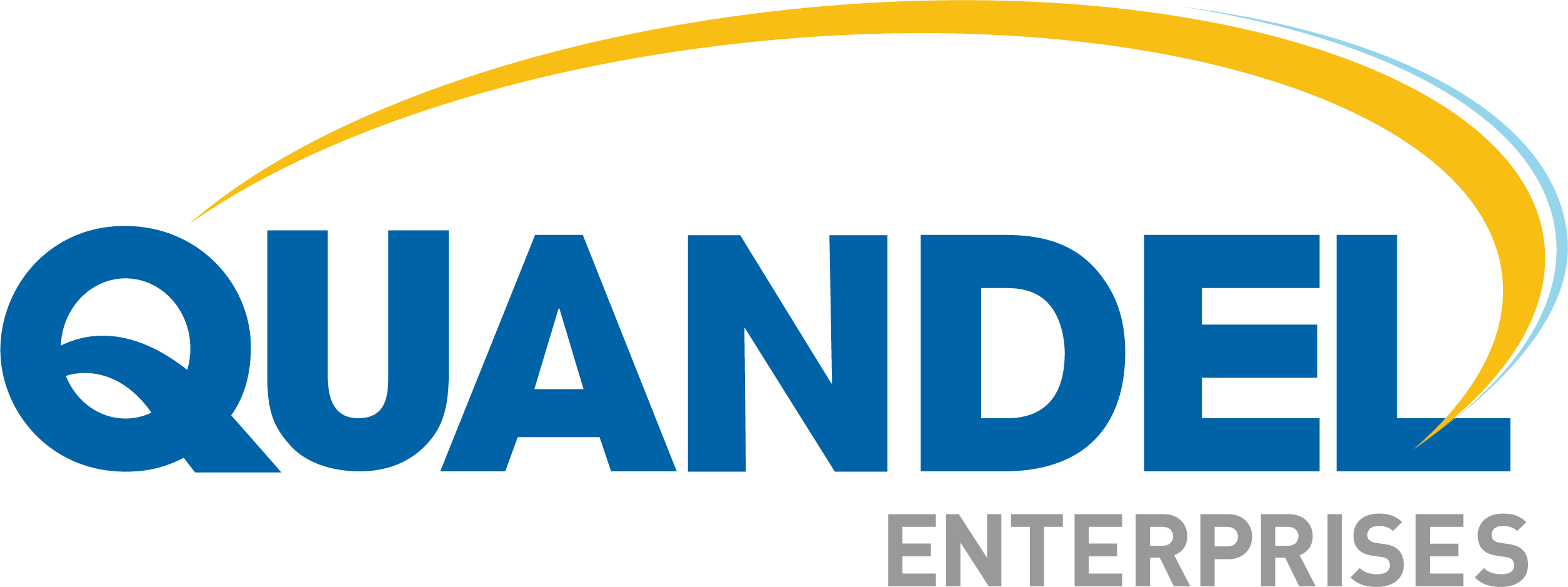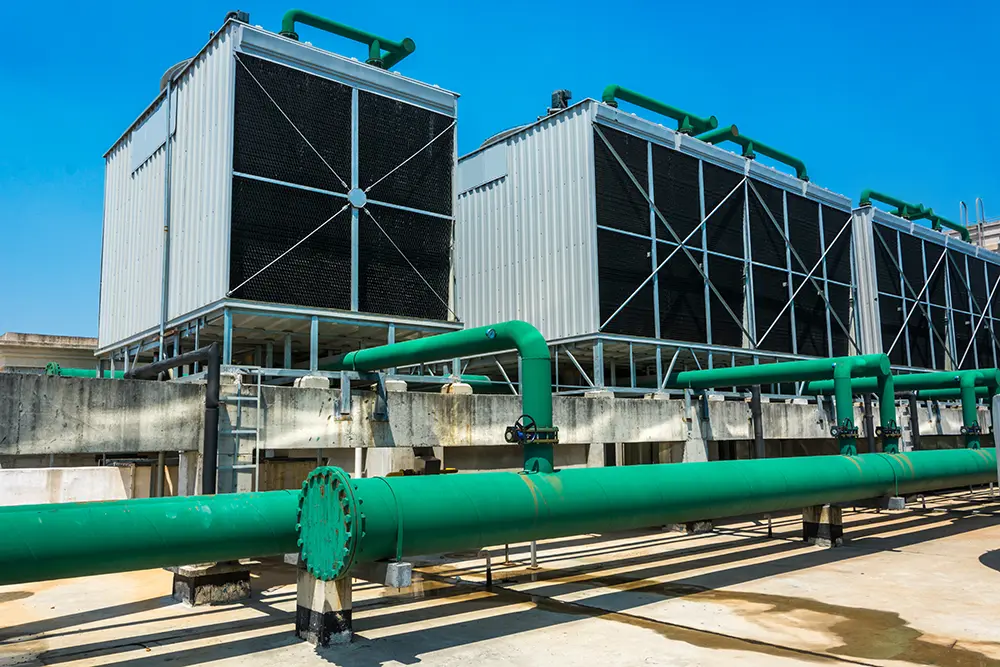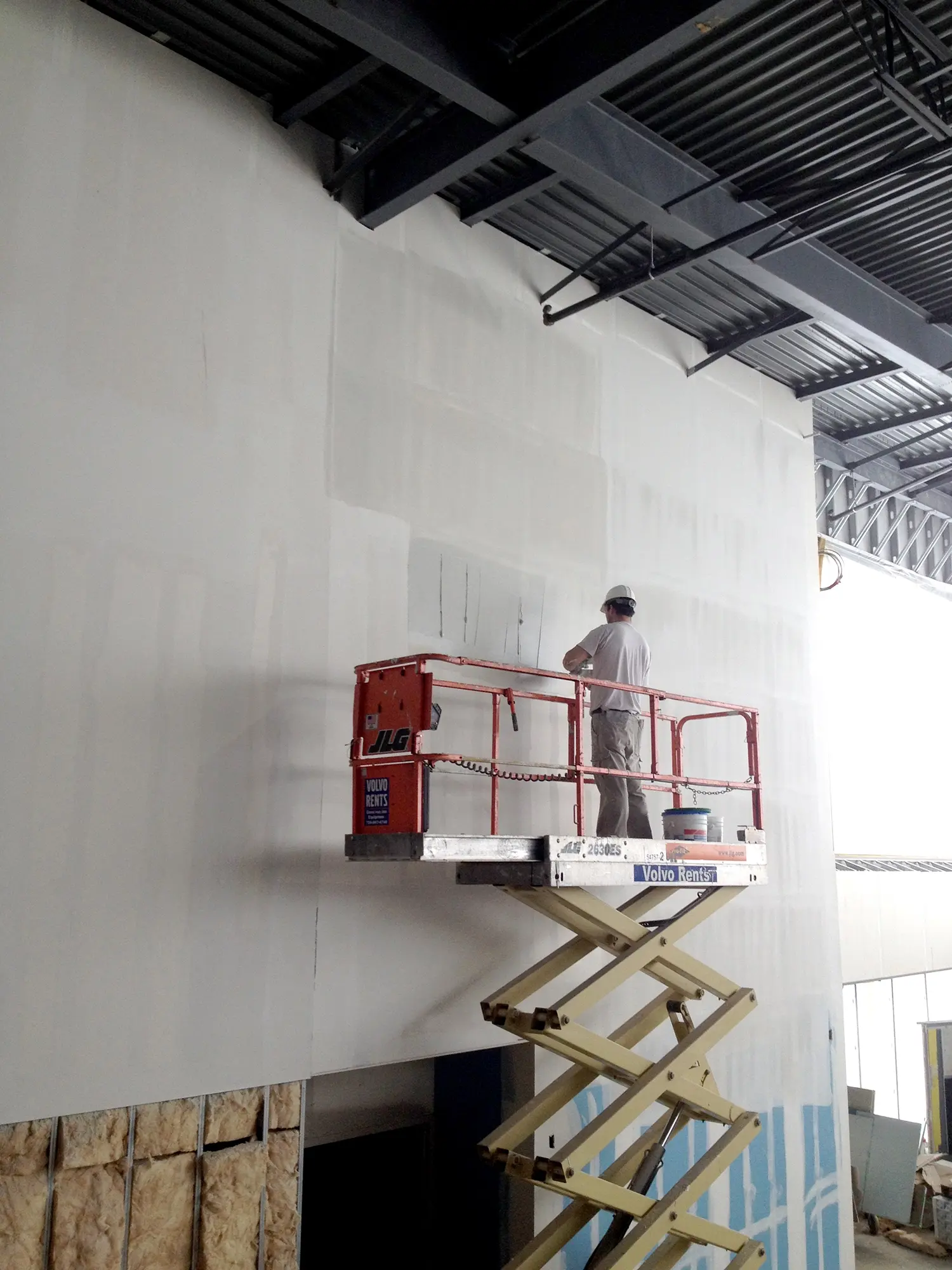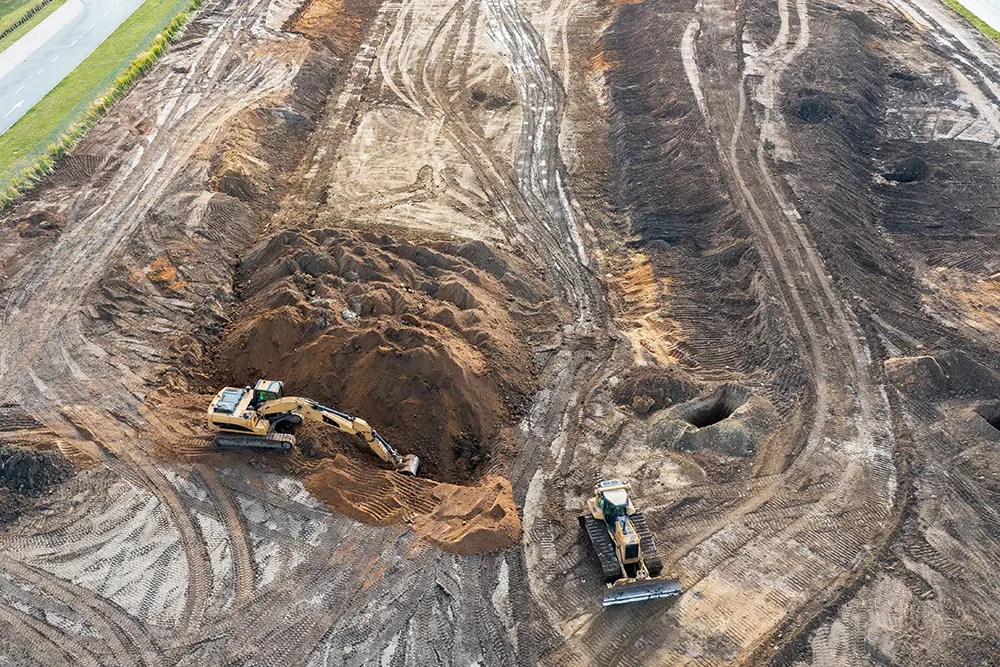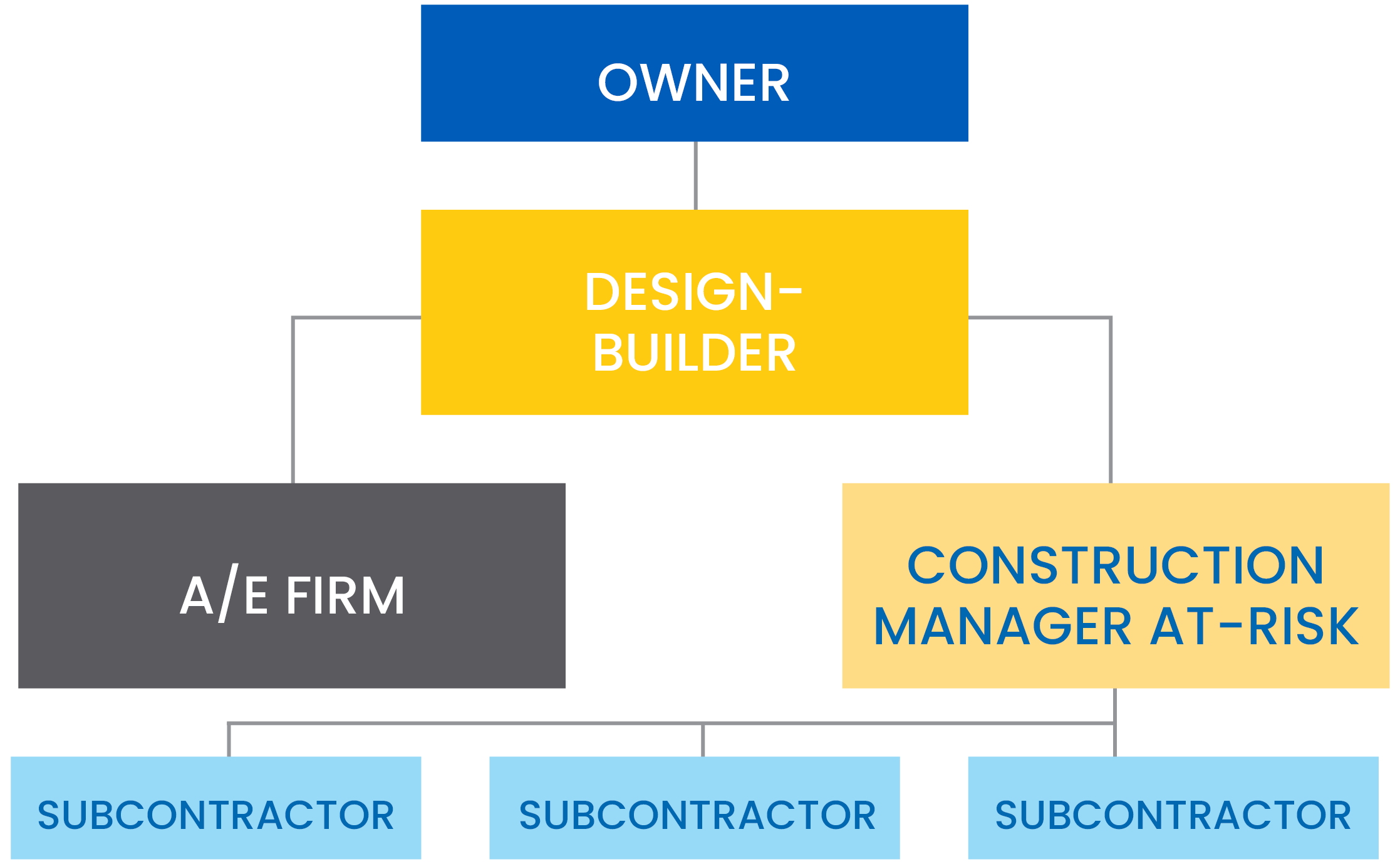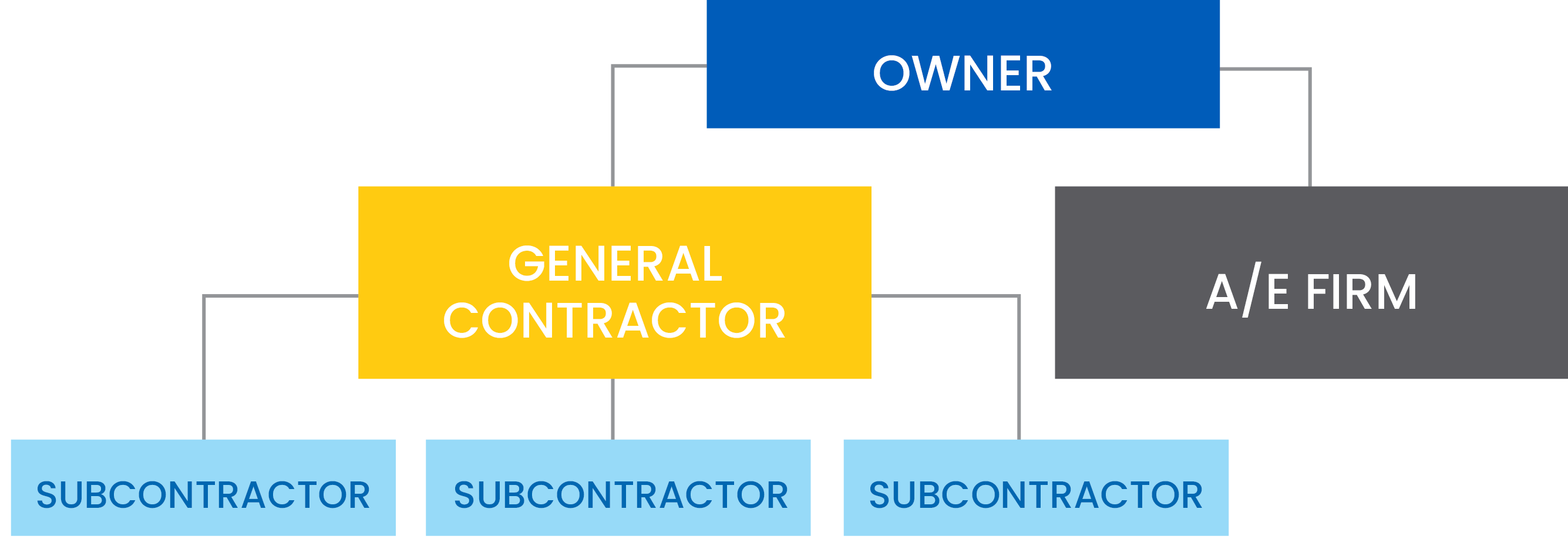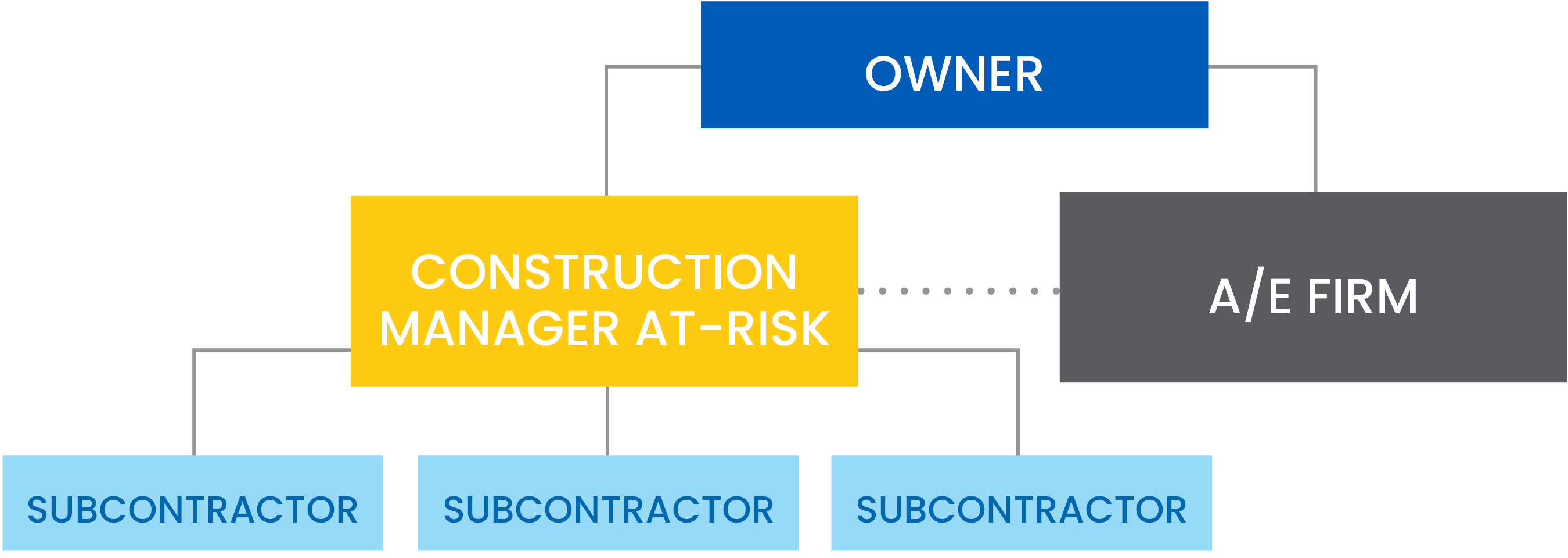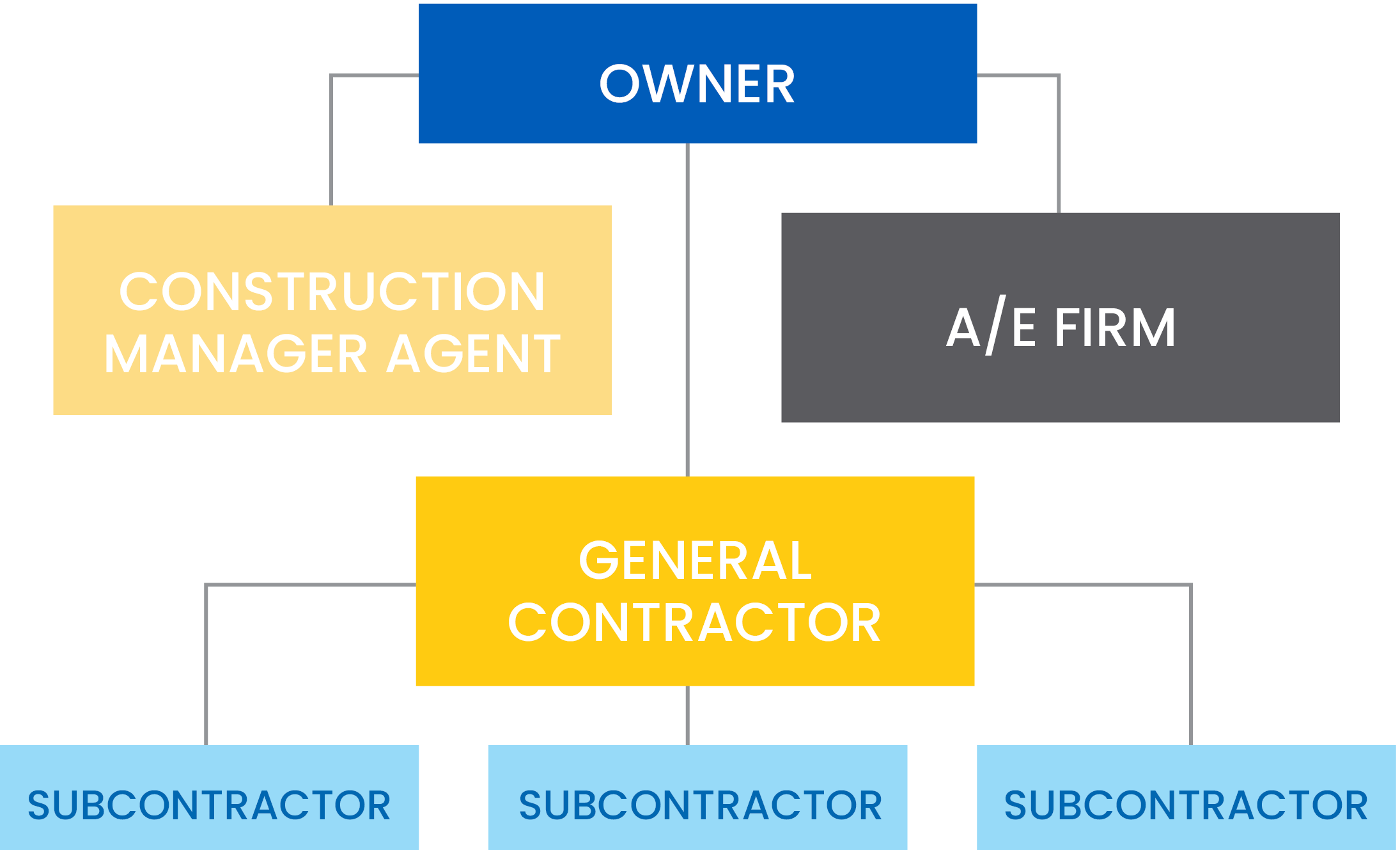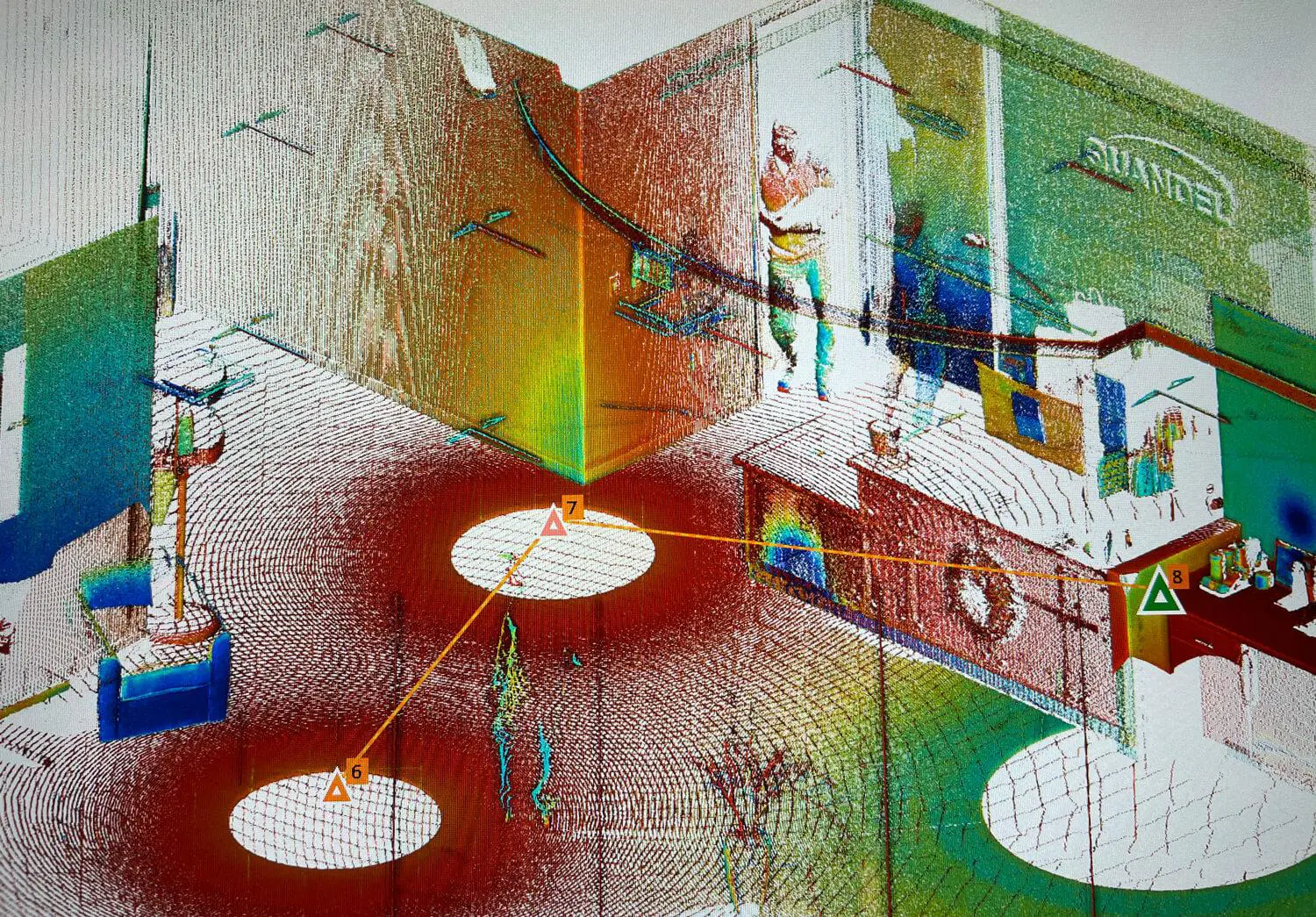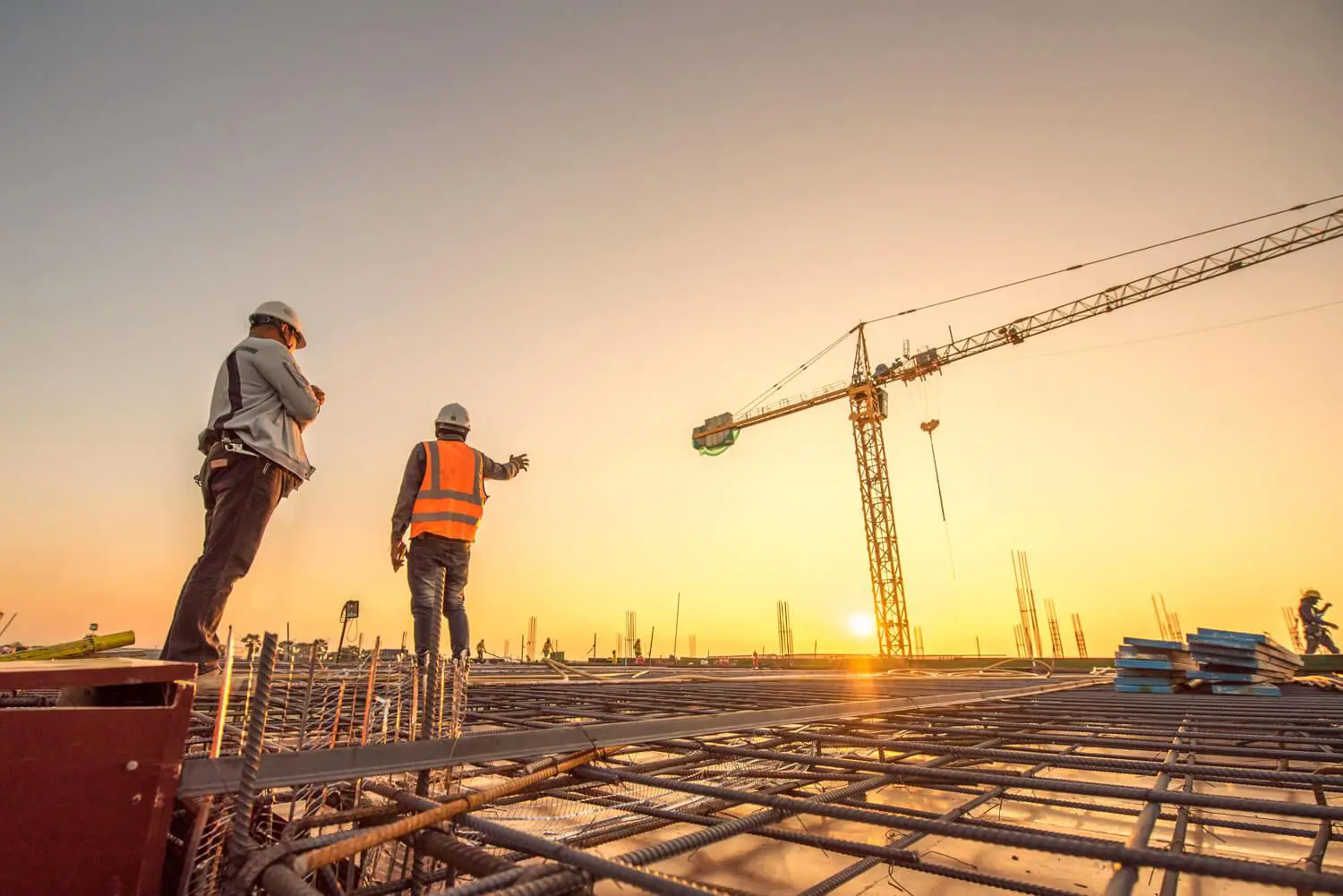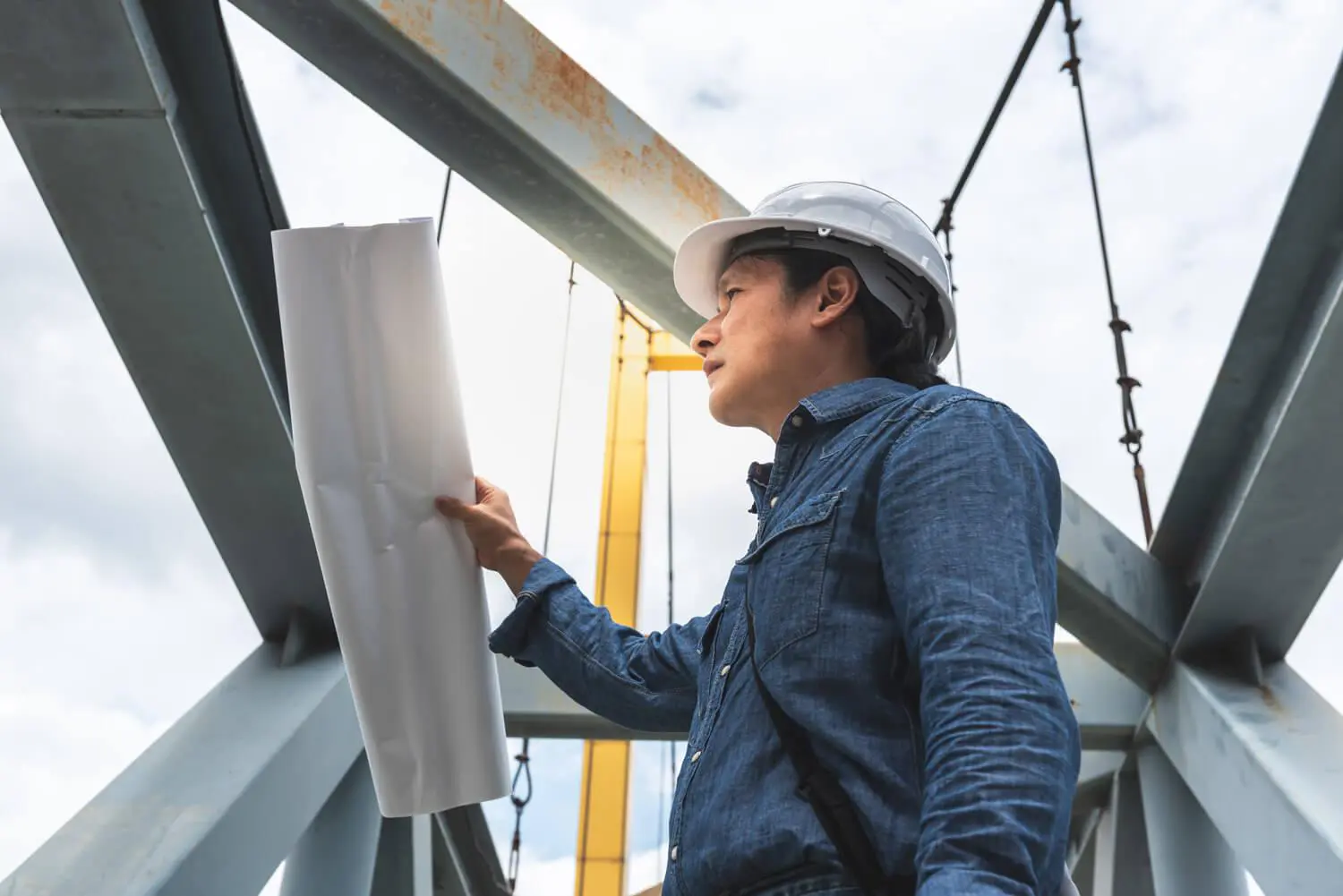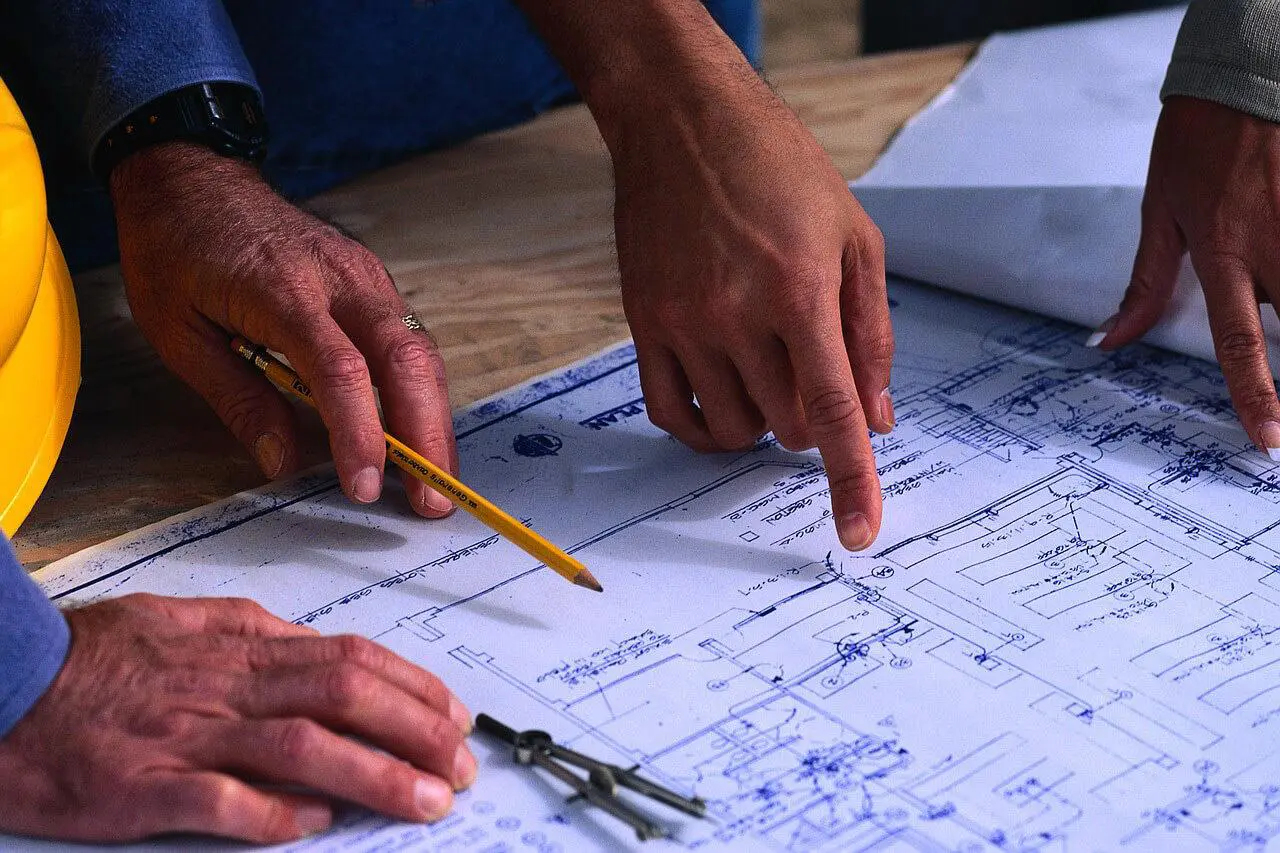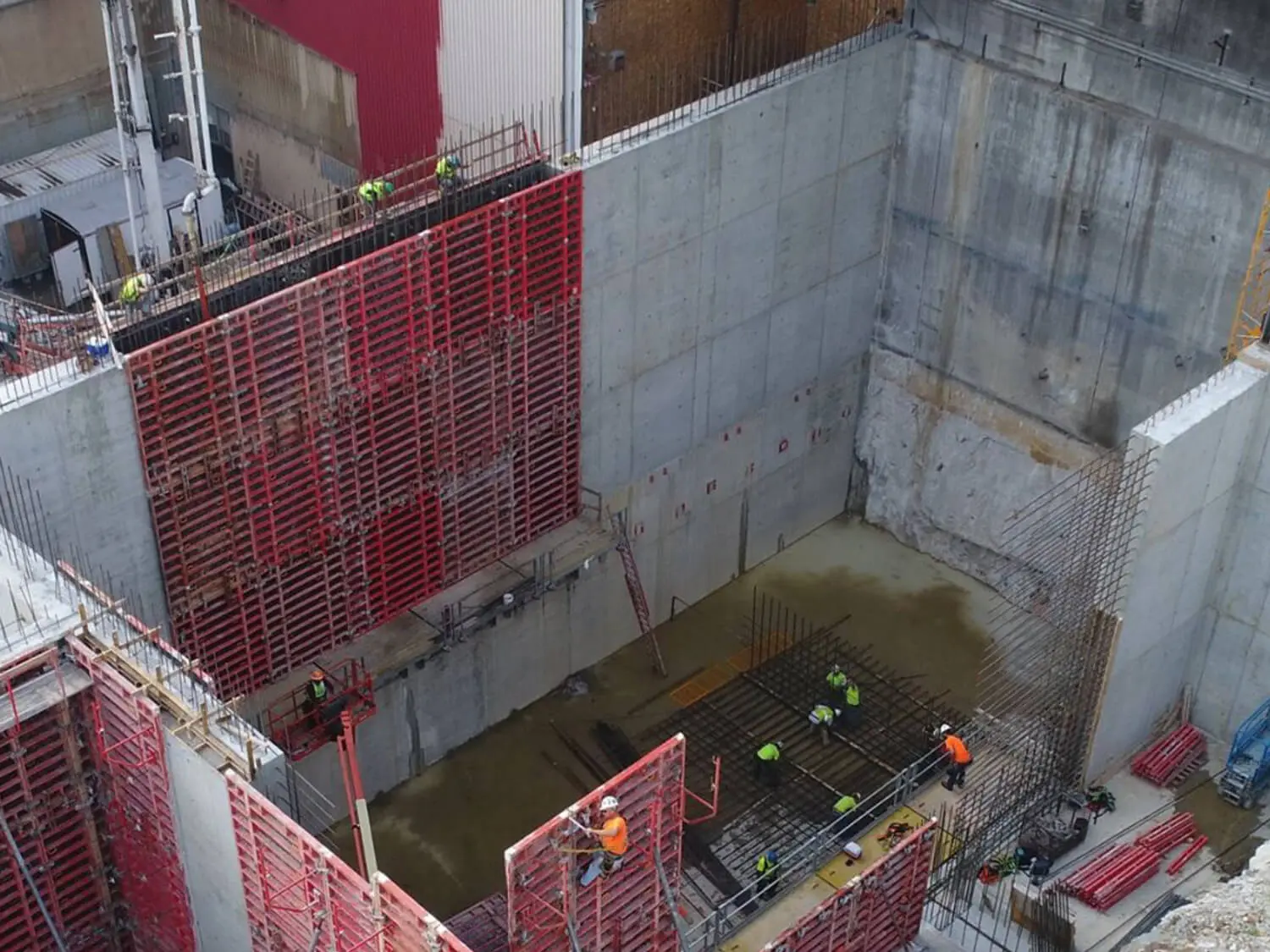Heavy equipment can be safe when it’s well-maintained and operated properly. It’s also true that just about every piece of heavy equipment is capable of tipping or rolling over under given circumstances. Heavy equipment rollovers have resulted in serious injury or death as this can be clearly seen from the incident that occurred at a business next to Phillips Property in Pittsburgh on 10/29/24. [Trigger Warning] A 52-year-old worker was crushed to death by the bucket of an excavator after a rollover occurred. The machine was extended too far out past what it was capable of doing and the tracks were turned perpendicular to where they were loading. An event like this could occur even with experienced operators. To avoid such a tragedy, follow all heavy equipment safety practices:
OSHA STANDARDS:
OSHA Standard Subpart O 1926.602 (a) (1) These rules apply to the following types of earthmoving equipment: scrapers, loaders, crawler or wheel tractors, bulldozers, off-highway trucks, graders, agricultural and industrial tractors, and similar equipment. The promulgation of specific rules for compactors and rubber-tired “skid-steer” equipment is reserved pending consideration of standards currently being developed.
OSHA Standard Subpart O 1926.602 (a) (2) (i) Seat belts shall be provided on all equipment covered by this section and shall meet the requirements of the Society of Automotive Engineers, J386-1969, Seat Belts for Construction Equipment. Seat belts for agricultural and light industrial tractors shall meet the seat belt requirements of Society of Automotive Engineers J333a-1970, Operator Protection for Agricultural and Light Industrial Tractors.
OSHA Standard Subpart O 1926.602 (a) (3) (i) No employer shall move or cause to be moved construction equipment or vehicles upon any access roadway or grade unless the access roadway or grade is constructed and maintained to accommodate safely the movement of the equipment and vehicles involved.
OSHA Standard Subpart O 1926.602 (a) (4) Brakes. All earthmoving equipment mentioned in this § 1926.602(a) shall have a service braking system capable of stopping and holding the equipment fully loaded, as specified in Society of Automotive Engineers SAE-J237, Loader Dozer-1971, J236, Graders-1971, and J319b, Scrapers-1971. Brake systems for self-propelled rubber-tired off-highway equipment manufactured after January 1, 1972, shall meet the applicable minimum performance criteria set forth in the following Society of Automotive Engineers Recommended Practices.
OSHA Standard Subpart O 1926.602 (a) (6) Rollover protective structures (ROPS). See subpart W of this part for requirements for rollover protective structures and overhead protection.
OSHA Standard Subpart O 1926.602 (1) (ii) No modifications or additions that affect the capacity or safe operation of the equipment shall be made without the manufacturer’s written approval. If such modifications or changes are made, the capacity, operation, and maintenance instruction plates, tags, or decals shall be changed accordingly. In no case shall the original safety factor of the equipment be reduced.
OSHA Standard Subpart O 1926.602 (a) (6) Unauthorized personnel shall not be permitted to ride on powered industrial trucks. A safe place to ride shall be provided where the riding of trucks is authorized.
OSHA Standard Subpart G 1926.201(a) Signaling by flaggers and the use of flaggers, including warning garments worn by flaggers, shall conform to Part 6 of the MUTCD (incorporated by reference, see §1926.6).
OSHA Standard Subpart G 1926.201(b) Crane and hoist signals. Regulations for crane and hoist signaling will be found in applicable American National Standards Institute standards.
OSHA Standard Subpart O 926.601(b)(14) All vehicles in use shall be checked at the beginning of each shift to assure that the following parts, equipment, and accessories are in safe operating condition and free of apparent damage that could cause failure while in use: service brakes, including trailer brake connections; parking system (hand brake); emergency stopping system (brakes); tires; horn; steering mechanism; coupling devices; seat belts; operating controls; and safety devices. All defects shall be corrected before the vehicle is placed in service. These requirements also apply to equipment such as lights, reflectors, windshield wipers, defrosters, fire extinguishers, etc., where such equipment is necessary.
FOCUS POINTS YOU NEED TO KNOW:
- Provide a CAZ (Control Access Zone) to restrict all “non-essential” personnel in operational areas of heavy equipment.
- If you are not directly involved in the tasks at hand and specifically trained for the scheduled work task, stay clear of all operations.
- Always make positive eye communication when approaching and piece of heavy equipment. DO NOT PROCEED IN THE WORK ZONE unless the equipment operator acknowledges your presence.
- See something say something. “STOP WORK” and questions activities.
- Only trained and/or certified operators are allowed to run heavy equipment.
- Make sure operators do not overreach or exceed the machine’s rated lift/load capacity.
- Putting a large bucket on a small excavator or filling the bucket with material that’s too heavy for the machine increases the risk of tipping.
- Ensure that operators comply with the owner’s manual operational procedures and load charts that the machine is capable of lifting.
- Operators Should:
- Avoid overreaching by simply moving the machine closer to the work area.
- Take the time to properly scoop, move, and dump loads instead of shortcuts.
- When your bucket it fully loaded bring the stick in close to the machine before swinging to the side.
- Keep the wheels or tracks parallel to their work area/embankment edges. Positioning the machine this way helps reduce the risk of accidentally driving over an edge or rollover.
- Dig or load straight in front of equipment tracks if possible and never dig at a 90-degree angle to their tracks.
- Keep booms and front-end buckets low during transport and turning (this lowers the machine’s center of gravity, making a tip-over or rollover less likely).
- Coordinate with PMs and Management to get a trained operator to run equipment for your specific task.
- Note that increased speed relates to the increased chance of rollover/struck by accidents.
- Avoid slopes that are too steep for the machine. Don’t operate the machine on a steeper slope or higher grade.
- Verify ground conditions are adequate for supporting your equipment and loads. Don’t operate on soft, wet, or muddy ground unless you know the machine can handle the given conditions.
- Stay off of unstable slopes and weak/wet embankments.
- Operators must drive directly up or down slopes when possible. It is safer to do this than to drive diagonally across the face of the slope.
- If you are excavating on a slope then cutting a bench for the excavator to sit on is required.
FOCUS POINTS YOU NEED TO KNOW:
- Trained operators are a focus point.
- Using all equipment as intended for its specific use is required.
- Following all the instructions in the owner’s manual and abiding by specific load chart restrictions is required.
- Establishing and maintaining a CAZ is critical.
- Having a ROPS system is required and SEAT BELTS are not optional.
- Operate within the limitations of the equipment.

